How Scott Morrison can regain the lost ground
Bushfires have hurt the PM’s standing but far from irreparably. His National Press Club address is his first chance for a reset.
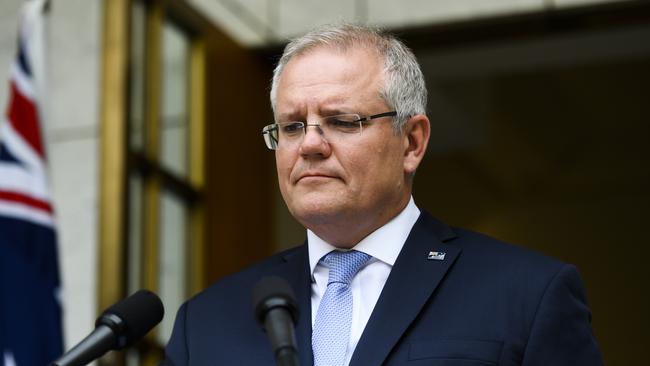
For a non-election year, 2020 is already testing Scott Morrison and the government.
As the Prime Minister prepares to spell out his priorities for the year in an address to the National Press Club in Canberra on Wednesday, the honeymoon appears to be over for him eight months after his stunning election victory.
The fallout from the bushfires — how they were handled and the economic toll — will keep the government on its toes. And the controversy surrounding Bridget McKenzie’s sports grants allocations has sharpened the public’s cynicism towards the Coalition.
While the first Newspoll of the new year, released on January 13, didn’t show a significant collapse in the Coalition’s primary and two-party votes, personal support for Morrison has fallen off a cliff. His better prime minister rating dropped nine points, falling behind Anthony Albanese, and dissatisfaction with Morrison’s performance went up to 59 per cent — the highest it has been since he took over from Malcolm Turnbull.
The first Essential poll of the year mirrored these results.
Voters reacted angrily to the timing of Morrison’s overseas holiday in Hawaii and the lack of empathy he showed on his return. The obfuscation when it came to answering questions about what he could or should have done differently appears to have weakened him. At the very least, the shift is likely to remove the benefit of the doubt he had when confronting challenges.
Fires and climate change
Partisan divisions over climate policy have ebbed and flowed since Kevin Rudd and John Howard took an emissions trading scheme policy framework to the 2007 election.
The momentum seems to have shifted once again towards greater action on climate change, but what that might look like remains an open question. Does the Coalition plan to change its present policies? Morrison alluded to possible adjustments to emissions targets in a January 12 interview with David Speers on the ABC.
In subsequent media appearances, the Prime Minister and senior ministers discussed “climate change adaptation” as the new focus. Despite this, conservatives within the Coalition’s ranks are unlikely to tolerate any shift.
While the critical reaction to the Prime Minister’s initial decision to take a back seat during the bushfires took Morrison by surprise, the intensity of the fires shouldn’t have shocked anyone.
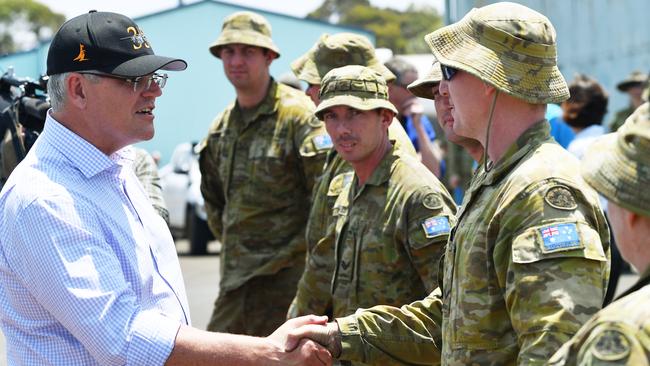
Former emergency chiefs had written to him midway through last year warning of what was to come in this bushfires season. The tin ear of the Prime Minister was startling. Morrison refused to meet them.
Morrison has intimated at a royal commission into the fires at the beginning of this year, and no doubt will put more meat on the bones of what that may look like before formal terms of reference are announced. It will be interesting to see if he seeks to limit the scope of the inquiry to prevent embarrassing findings around climate change action from pointing the political spotlight on to the government.
Morrison will want any inquiry to target the performances of state governments, but he won’t want any royal commission to be easily dismissed as a political exercise, which would mean framing the terms of reference so federal Labor and the states support them.
Once the fires are brought under control, the focus will shift to the recovery. Recriminations into what went wrong and the significance of the drought will return to centre stage. By year’s end, including through the budget process before then, the cost of the bushfires’ recovery will become more apparent. What the potential fire season at the end of 2020 looks like will frame how the political year closes.
The states will use the year to take full advantage of Morrison’s weakened political state on this issue, using his fiscal generosity to help rebuild damaged state infrastructure. It is unlikely the federal government will push back on the states in this respect, but tensions may emerge as the recovery process moves into full swing.
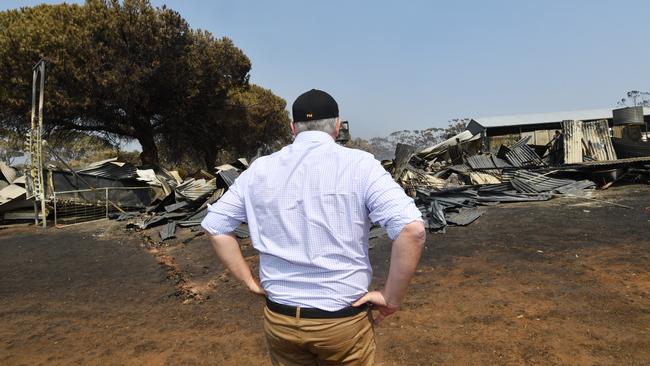
Budget surplus
Ever since the Rudd government blew the budget and started racking up national debt following on from the global financial crisis a decade ago, the Coalition has sought to use its status in polls as the preferred economic managers as a weapon against Labor.
It was crucial in Morrison’s take-down of then Labor leader Bill Shorten in the May 18 election. The promised return to surplus has been a central part of this narrative and 2020 was supposed to be the year it came to fruition.
Even though national debt has doubled since the Coalition came to power more than six years ago, a strong budget focus in that time has been to keep a lid on recurrent spending in a bid to balance the books. Much has been made of this objective and as the certainty of achieving it grew, so has the certainty of the promise to do so.
The question now is: will the government still get there this year? Or will the impact of the bushfires alongside already weakening economic growth turn the promise into a mirage?
Even if the surplus is achieved this year, does it become “five minutes of economic sunshine”, as John Howard referred to a brief uplift in the Australian economy under Paul Keating in 1995?
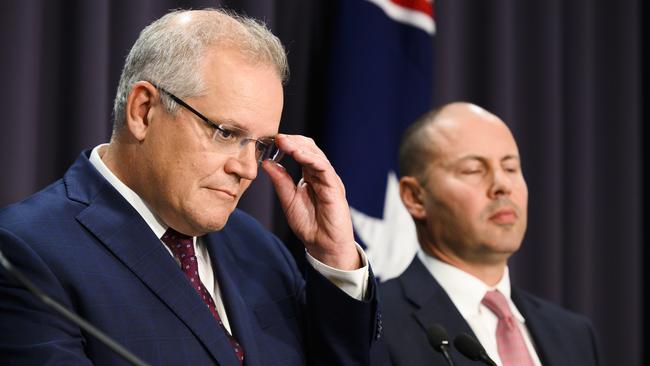
If the surplus does fall by the wayside, will the public be more forgiving of the Coalition for the reasons behind that broken promise than the Coalition was of Labor after the GFC? The comparison may not be precisely analogous but that doesn’t mean events won’t be compared in that way.
It remains more likely than not that Josh Frydenberg will produce a budget surplus come May. Much of the spending on the recovery won’t hit this year’s budget bottom line. And even though taxation collections over the summer months within the tourism industry will be hit hard, the surplus goal is still achievable. Ultimately, though, debate over narrowly achieving a surplus versus narrowly missing out is vacuous.
Irrespective of the impact of the bushfires, this year was already set to be a difficult one economically. Wages growth is sluggish, as is economic growth. Unemployment started the year higher than initially predicted and the problem of underemployment in the gig economy is only likely to grow.
While the Coalition has had a strong focus on achieving a surplus for political reasons, the central bank has been acting in a rather contradictory way — dropping interest rates to record lows last year, with economists predicting more falls again this year.
If the bushfire recovery further hampers economic growth, such outcomes may see even greater reductions in the cash rate. Not that there is much room to move with a rate of only 0.75 per cent to start the year.
The budget will continue to be propped up by higher-than-forecast commodity prices, stimulated by demand from China. If that doesn’t happen then the surplus target really will fade from view.

Trade talk
No political forecast for a new year is complete without considering the impact of China on our economy. This year that forecast includes what, if any, risks are attached to a trade war between China and the US, remembering that this is also a US presidential election year. While President Donald Trump may need to dial down the rhetoric of a trade war with China, risks remain. Australia’s closest ally is the US, and Trump’s America expects this to count for something.
Thank you also to President @realDonaldTrump, Vice President @Mike_Pence and @SecPompeo for your continuous and steadfast support for Australia at this difficult time 🇦🇺🇺🇸
— Scott Morrison (@ScottMorrisonMP) January 23, 2020
Yet China is Australia’s largest export market and its significance to our economic success continues to grow. Politically, the Coalition will be inclined to back the US, albeit mindful that if China retaliates for such positioning a recession becomes a possibility. The chances of this happening remain remote but real.
Britain’s departure from the EU will see it clamouring for new trade deals, and Australia could benefit from that. Negotiations with Britain for new arrangements will feature this year, as will discussions with India for a free-trade deal.
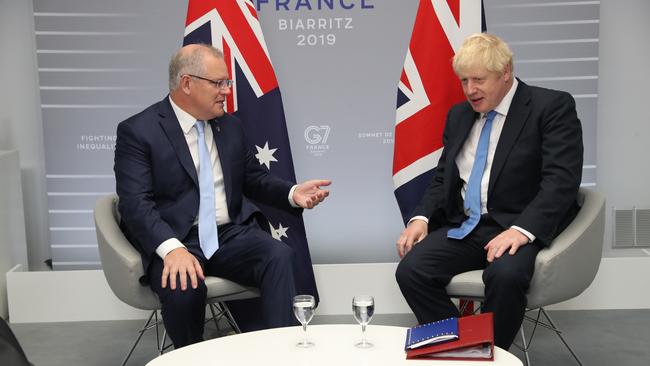
Party tensions
Expect 2020 to be another year in which the reactionary right within the Liberal Party stirs up problems for the Prime Minister, especially in policy areas such as climate change and religious freedoms.
However, unlike past years when such rabble-rousing risked leadership tensions, Morrison will face no such problems. There is no obvious alternative leader and the credibility of last year’s election win, alongside rule changes for challenges, renders a leadership challenge almost impossible.
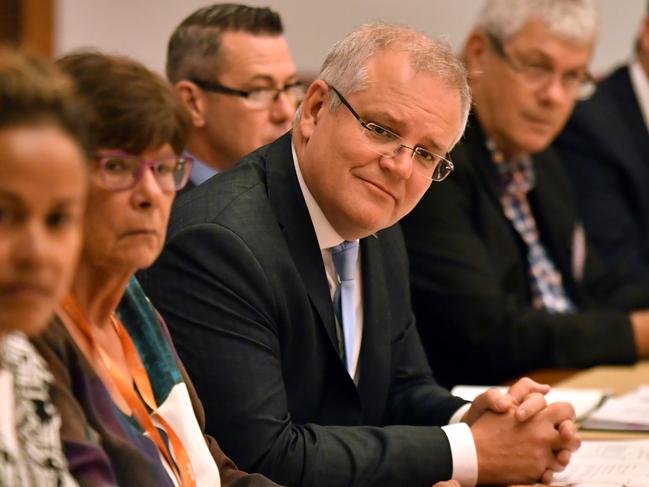
Even if Morrison’s popularity fades this year, his party will rely on his talent for winning elections. Howard enjoyed the same protection from internal adversaries.
But divisions within the Nationals are almost certain to re-emerge this year, despite the authority of the Liberal Prime Minister.
Nationals leader Michael McCormack doesn’t enjoy the same authority within his party that Morrison does. The Deputy Prime Minister will continue to be undermined from within.
The slowness to act on the Auditor-General’s findings in respect to the sports rorts saga is at least in part a consequence of McCormack’s concern that if McKenzie goes it may provide an opportunity for Barnaby Joyce to use a return to the frontbench as a stepping stone towards the leadership.
While it is unlikely the Opposition Leader will face a challenge this year, if Albanese isn’t competitive in the polls by year’s end it is possible that the traditional killing season comes into play.
More likely, Albanese will get a clear shot at an election campaign next year or in 2022. Ambitious leaders of the future know that if he fails, a Melbourne Cup list of contenders can start jostling for position more openly.
The first among equals in that respect is Treasury spokesman Jim Chalmers, whose performance will be important to his ambitions as well as to the fortunes of the opposition this year.
The internal challenge for Labor this year will be balancing the more left-wing forces within its ranks who are determined to ensure the party doesn’t lurch to the right in response to last year’s election.
In their view, pandering to coalmining communities is a misreading of what needs to happen to recapture centrist voters for the party.
Albanese has already indicated a penchant for wanting to find ways to re-engage with traditional working-class communities.
He has affirmed Labor’s support for coal exports, which suggests if the Coalition does dominate Labor in the polls this year, these divisions will become a problem for the Opposition Leader on his left flank.

Policy over marketing
Morrison’s campaigning skills were key to his success last year. For the Prime Minister to make 2020 a winning political year also, he needs to use it to prove he can govern as effectively.
In other words, policy, not marketing, must become the focus of the former marketing man; substance, not spin, must become the focus of the former party official.
The year has started with the exposure of significant deficiencies in his office. And the sport rorts saga has left the public questioning the Coalition’s intentions when it comes to the use of taxpayers’ money.
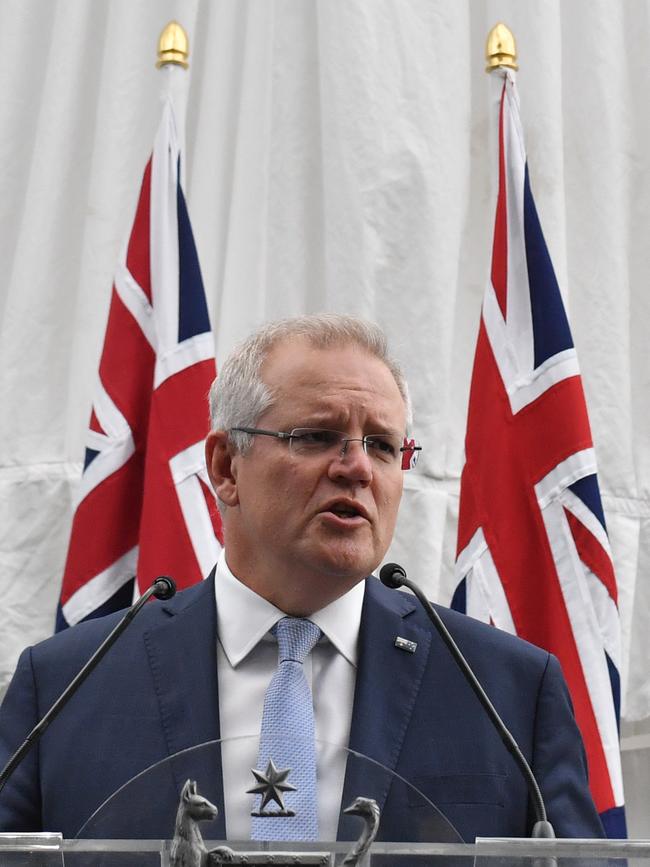
The reaction privately within Team Morrison to these deficiencies being exposed so publicly has been one of annoyance and frustration, rather than reflection on what needs to change.
That said, there is no guarantee voters will turn on their Prime Minister, having only recently endorsed him for three more years in office.
The policy agenda for the year ahead, beyond pet projects such as a religious discrimination act, appears rather bare.
One of the most interesting things to watch this year will be if the Morrison government is treated like a new government or one now into its third term.
If the former is the case, life may be difficult for Labor this year; no first-term government has lost an election in this country since 1931.
If, however, the Coalition is treated like the third-term government it actually is — albeit one on to its third prime minister — public expectations will rise. Only three governments have managed to win a fourth term since Federation.
The smart money has to be on the Prime Minister and the Coalition surviving right through this year and the next. But whether the government thrives in office remains an entirely open question.
This is an edited extract of a paper for the Committee for Economic Development of Australia due for release next month


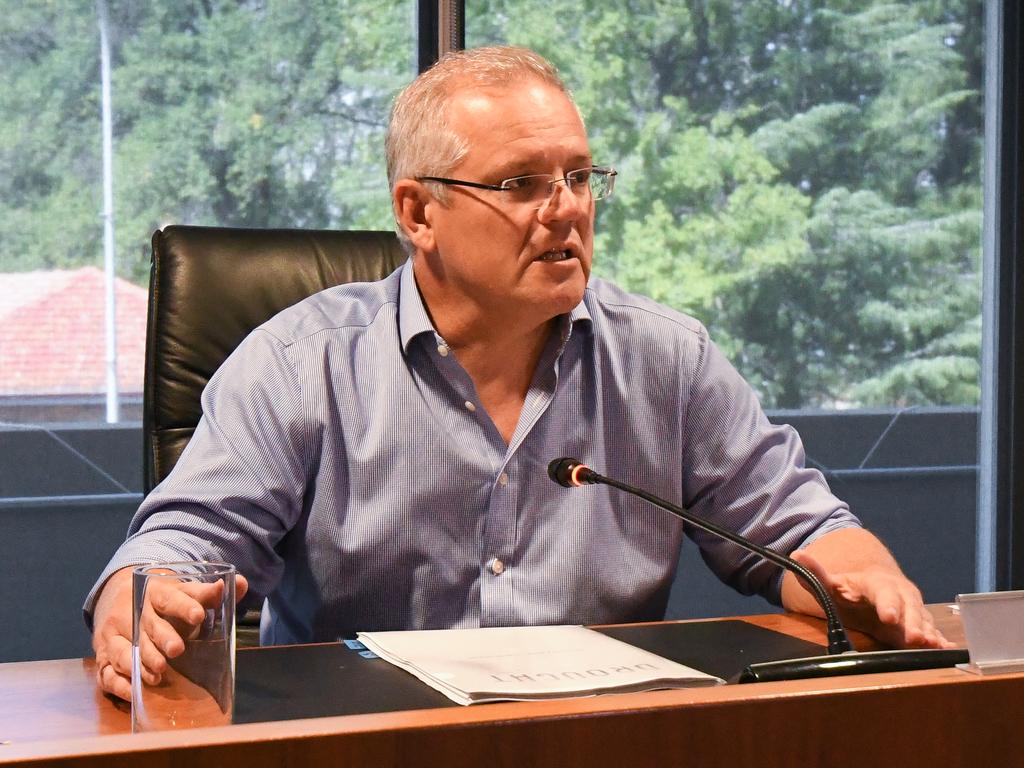



To join the conversation, please log in. Don't have an account? Register
Join the conversation, you are commenting as Logout